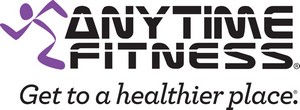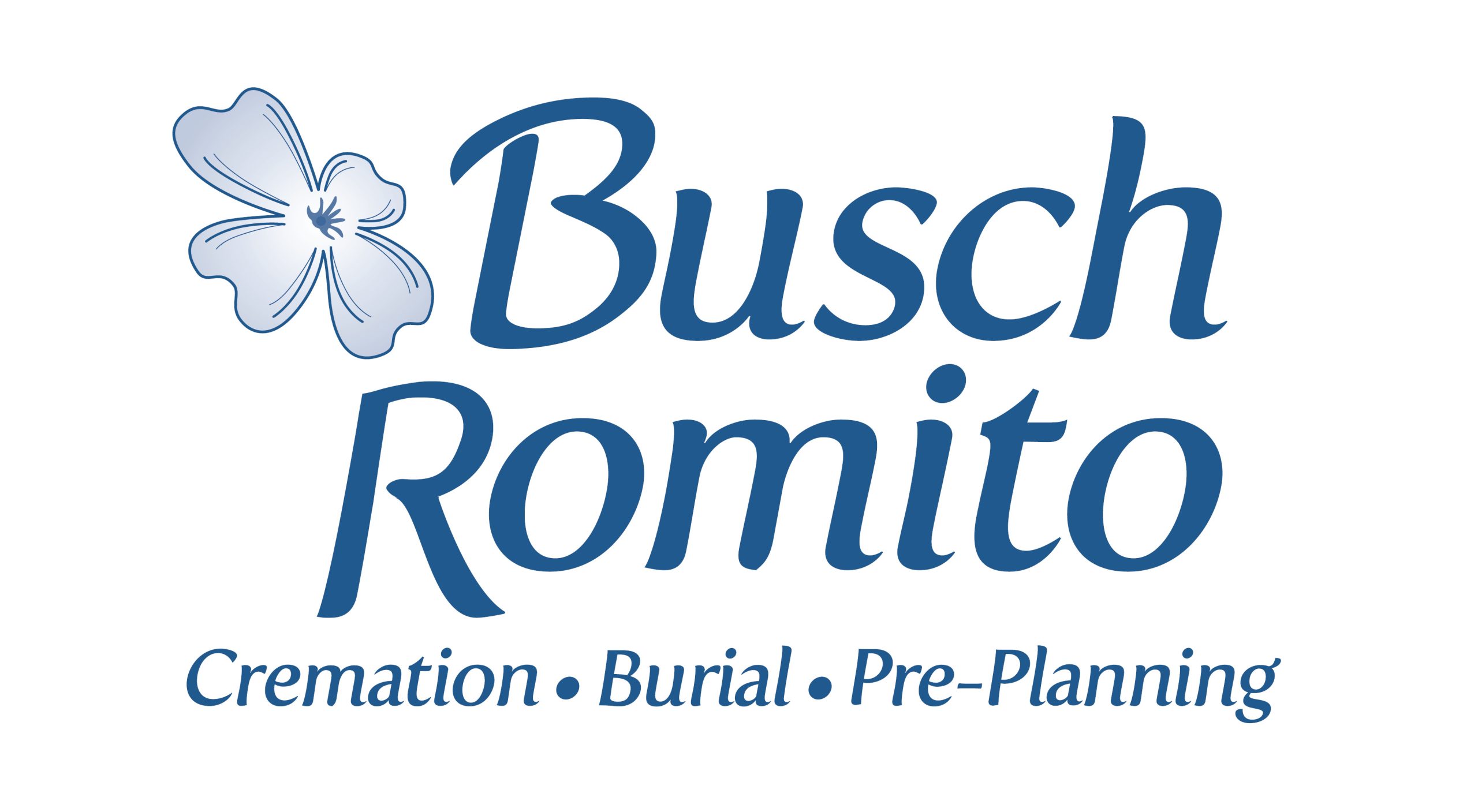In a nation that celebrates the innovation and bravery of the individual, it can be difficult to defer to someone else’s decision-making, especially when those decisions greatly affect our fortunes. It’s no surprise, then, that we’ve seen the rise of self-directed investing strategies, taking decisions away from appointed stockbrokers and custodians and turning them back to the investors themselves. If you want to be in charge of your money and how it grows, look into these types of self-directed investing.
Standard Brokerage Accounts
Tired of watching the stock tickers roll by on CNBC without being in the driver’s seat? Open a self-directed brokerage account and start buying and selling stocks, bonds, and other securities yourself without going through an intermediary. While a self-directed traditional brokerage account doesn’t offer any present or future tax benefits the way retirement accounts do, it does allow you to keep your earnings close at hand without incurring penalties for access, and there are no limits on annual contributions.
Self-Directed IRAs
An individual retirement account is a valuable two-in-one tool. Not only does it help you save and grow money for your retirement years, but it also provides you with valuable tax benefits in the present, deferring the tax burden on your contributions until you begin to take distributions from your account. While traditional IRAs have been around for nearly 50 years, the self-directed IRA, which takes investments out of the hands of a financial custodian and turns control to the investor, is a relatively recent innovation born of the Taxpayer Relief Act of 1997. This allowed for investors to grow their retirement with real estate, promissory notes, and precious metals, along with other non-standard assets. A self-directed IRA can take the traditional tax-deferral model or favor the inverted Roth model, in which contributions enter the account after taxation with tax-free distribution.
Self-Directed HSAs
Self-directed IRAs blew the doors off the once tightly patrolled constraints on retirement investing, allowing investors to get creative beyond the typical avenues of stocks, bonds, and mutual funds. Self-directing a health savings account can allow for the same creative diversification, but rather than saving for retirement, you’re saving for upcoming medical bills, which, under a high-deductible insurance plan, can quickly get out of hand. By making your health savings account one of your types of self-directed investing, you can use growth in many of the same unorthodox but often lucrative assets that a self-directed IRA permits, where their values can grow tax free until you or your family’s medical needs arise.
























